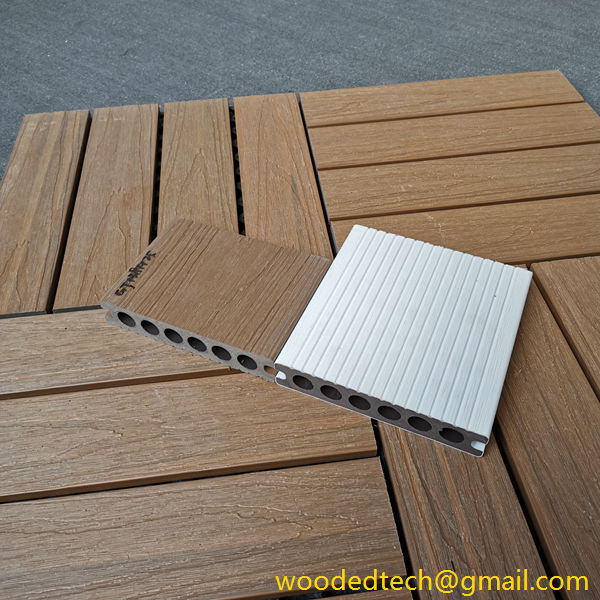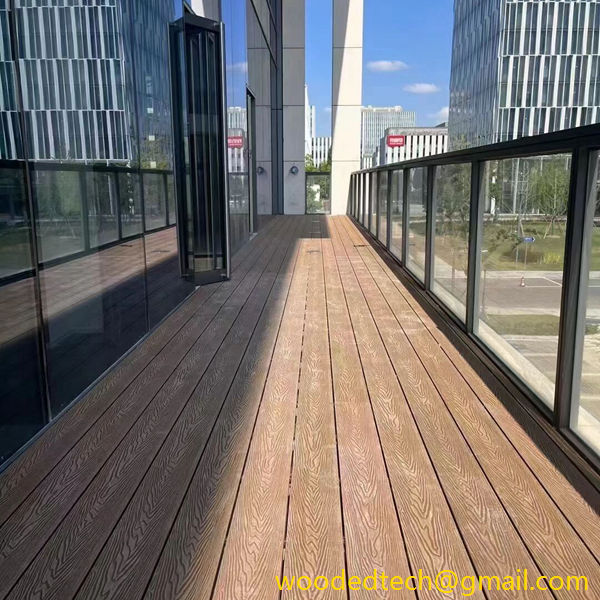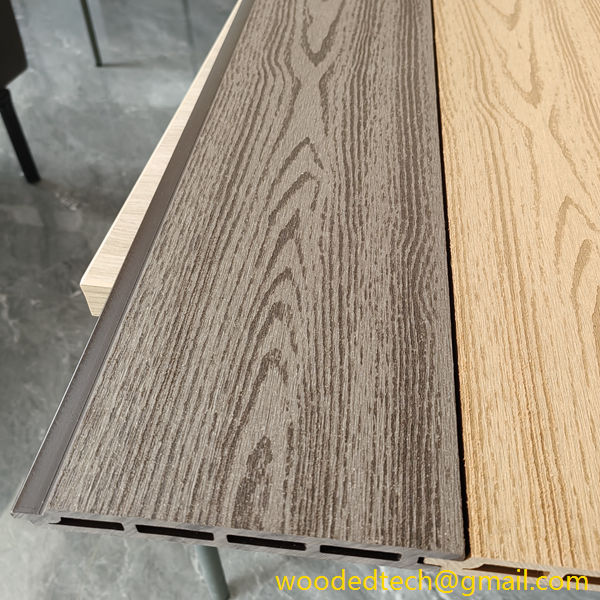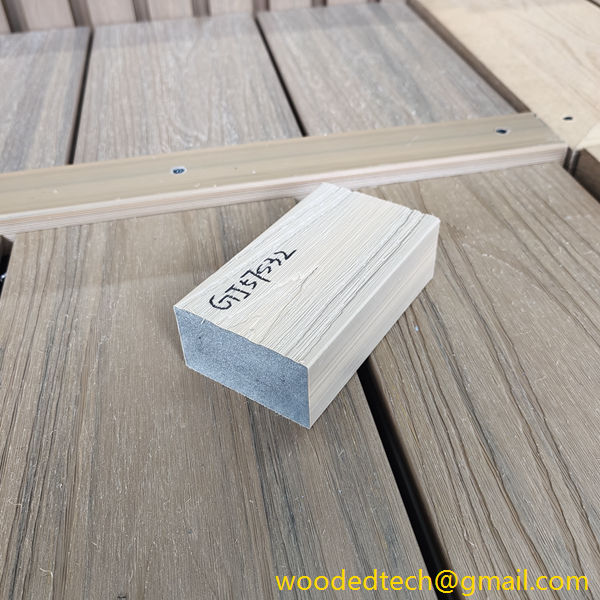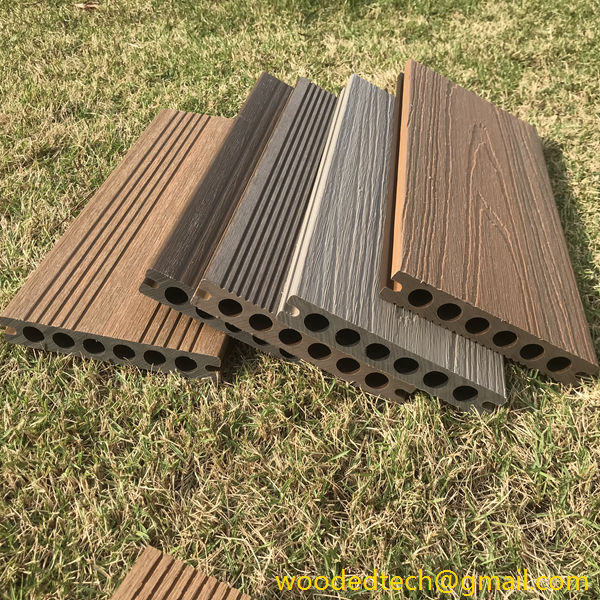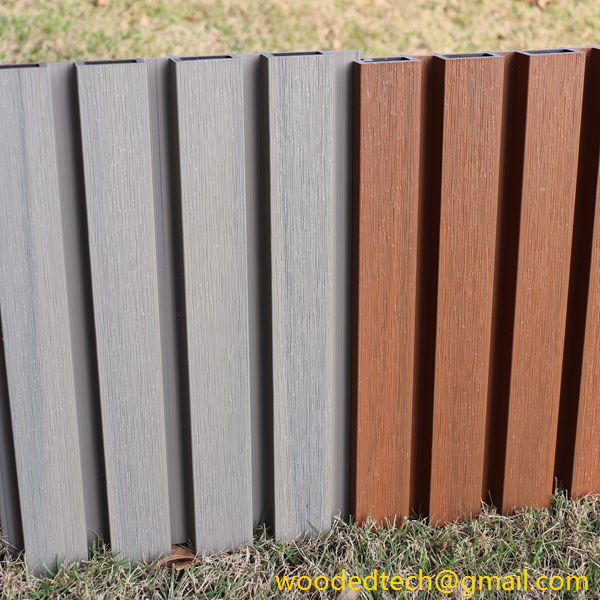Choose the Right WPC Deck Planks for Your Design Needs
Choosing the right wood plastic composite (WPC) deck planks is essential for achieving a successful design that meets both aesthetic and functional requirements. WPC materials are a blend of wood fibers and recycled plastic, which creates a product that is not only environmentally friendly but also durable and versatile. When selecting WPC deck planks, it is important to consider various factors from a material production and processing perspective to ensure the best outcome for your project.
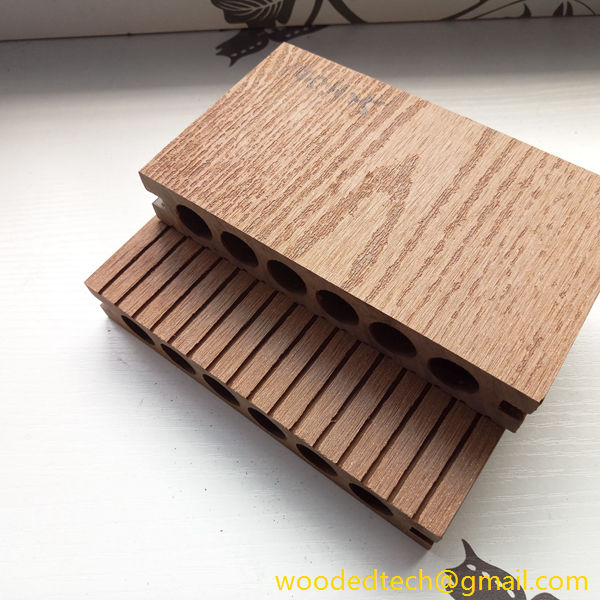
Firstly, understanding the composition of WPC is key. The primary components of WPC include wood flour, which is derived from wood chips and sawdust, and plastic, which is often sourced from recycled materials. The ratio of wood to plastic can significantly influence the performance characteristics of the deck planks. A higher wood content may enhance the aesthetic appeal and provide a more natural look, while increasing the plastic content can improve resistance to moisture and decay. It is crucial to find a balance that aligns with your design goals, as well as the environmental conditions the deck will be exposed to.
The manufacturing process of WPC planks involves several stages, including mixing, extrusion, and cooling. During the mixing phase, the wood fibers and plastic are combined with additives to enhance performance, such as UV stabilizers and colorants. The quality of these additives can impact the long-term durability and appearance of the planks. For instance, high-quality UV stabilizers can prevent fading and discoloration, ensuring that the deck maintains its visual appeal over time. When selecting WPC deck planks, inquire about the types of additives used in the manufacturing process to ensure they meet industry standards.
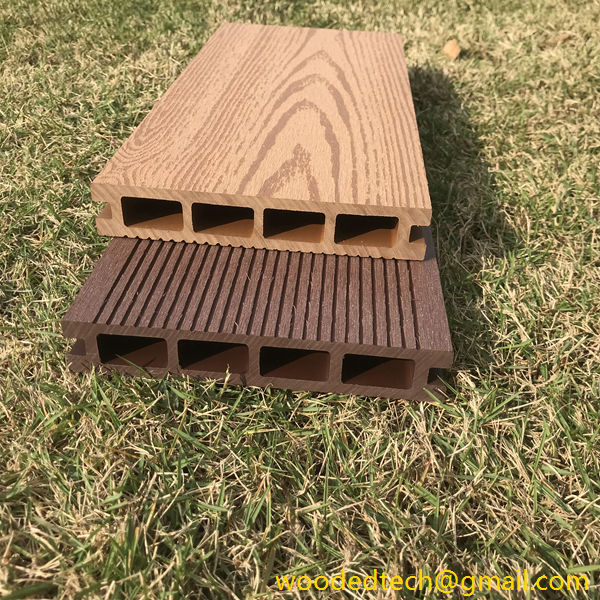
Extrusion is the process through which the mixed materials are formed into planks. The temperature and pressure during extrusion are critical factors that can affect the final product’s density and structural integrity. Planks that are extruded at optimal conditions will exhibit uniform density and strength, minimizing the risk of warping or cracking over time. It is advisable to choose manufacturers that adhere to strict quality control measures during the extrusion process, as this can significantly impact the performance and longevity of the deck.
Cooling is another important stage in the production of WPC deck planks. Proper cooling techniques ensure that the planks retain their shape and dimensions after extrusion. Rapid cooling methods can lead to internal stresses within the material, which may result in deformation or surface defects. Manufacturers that utilize advanced cooling technologies, such as water baths or air-cooled systems, can produce high-quality planks that are less prone to these issues. When evaluating potential suppliers, consider their cooling methods and how they contribute to the overall quality of the finished product.
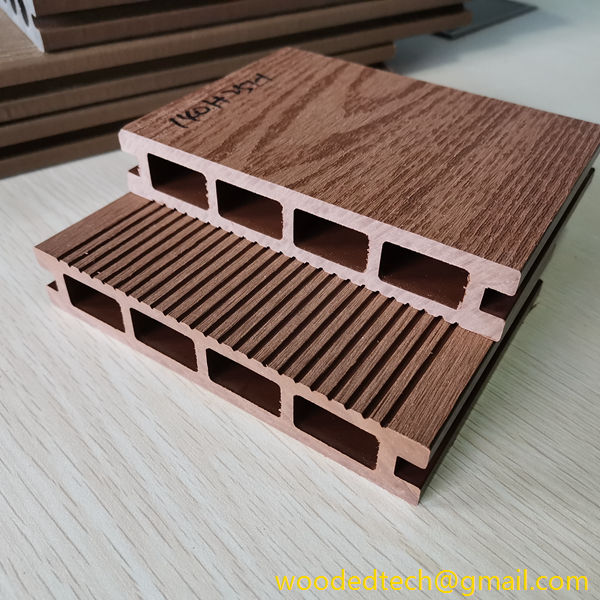
In addition to the production process, it is essential to consider the surface finish of the WPC deck planks. The texture and treatment of the surface can greatly influence both the aesthetic appeal and slip resistance of the deck. Some manufacturers offer planks with embossed or brushed finishes that mimic the look of natural wood, providing a stylish option for outdoor spaces. Furthermore, surface treatments such as anti-slip coatings can enhance safety, especially in wet conditions. When selecting planks, consider how the surface finish aligns with your design vision and functional requirements.
Another critical factor to keep in mind is the environmental impact of the WPC materials used. Many manufacturers emphasize sustainability by sourcing their wood fibers from reclaimed or sustainably managed forests and using recycled plastics in production. Selecting WPC deck planks made from environmentally friendly materials not only contributes to a greener planet but can also enhance the marketability of your project. Be sure to inquire about the sourcing practices of potential suppliers to ensure they align with your sustainability goals.
Finally, it is crucial to assess the warranty and support offered by the manufacturer. A reputable company will provide a comprehensive warranty that covers defects and performance issues over an extended period. This assurance can give you peace of mind in your investment and ensure that you have support if any issues arise during the lifespan of your deck.
In conclusion, choosing the right WPC deck planks requires careful consideration of various factors related to material production and processing. From understanding the composition and manufacturing techniques to evaluating surface finishes and environmental impact, each aspect plays a vital role in ensuring that the selected planks meet your design needs. By prioritizing quality and sustainability in your selection process, you can achieve a beautiful and durable outdoor space that enhances the overall aesthetic of your property.

